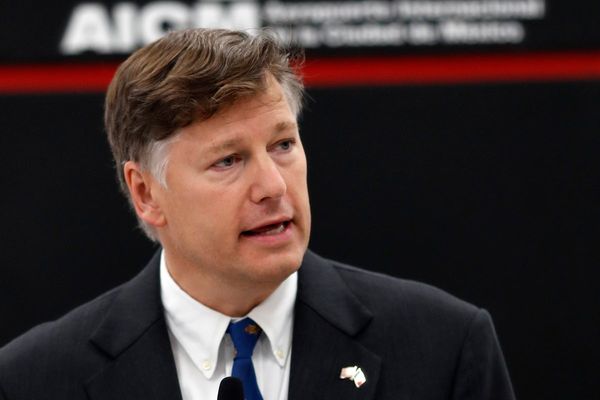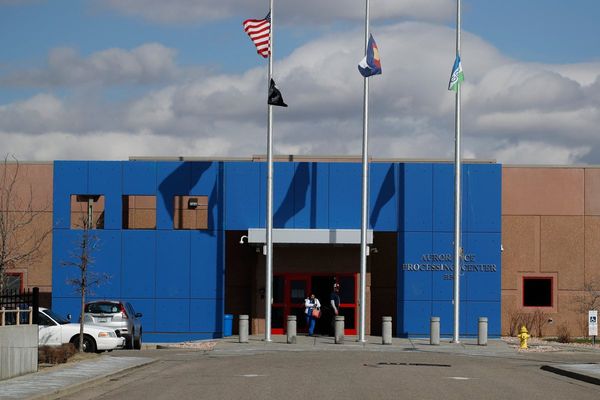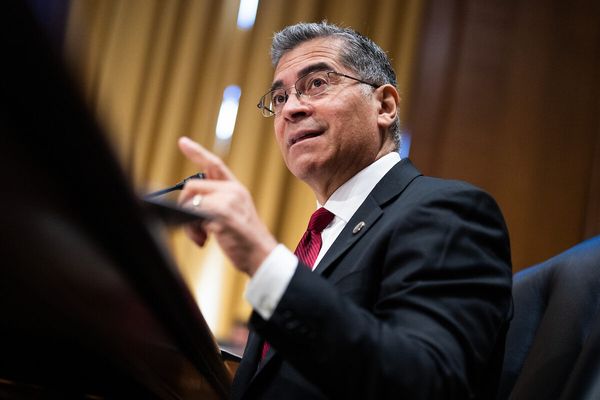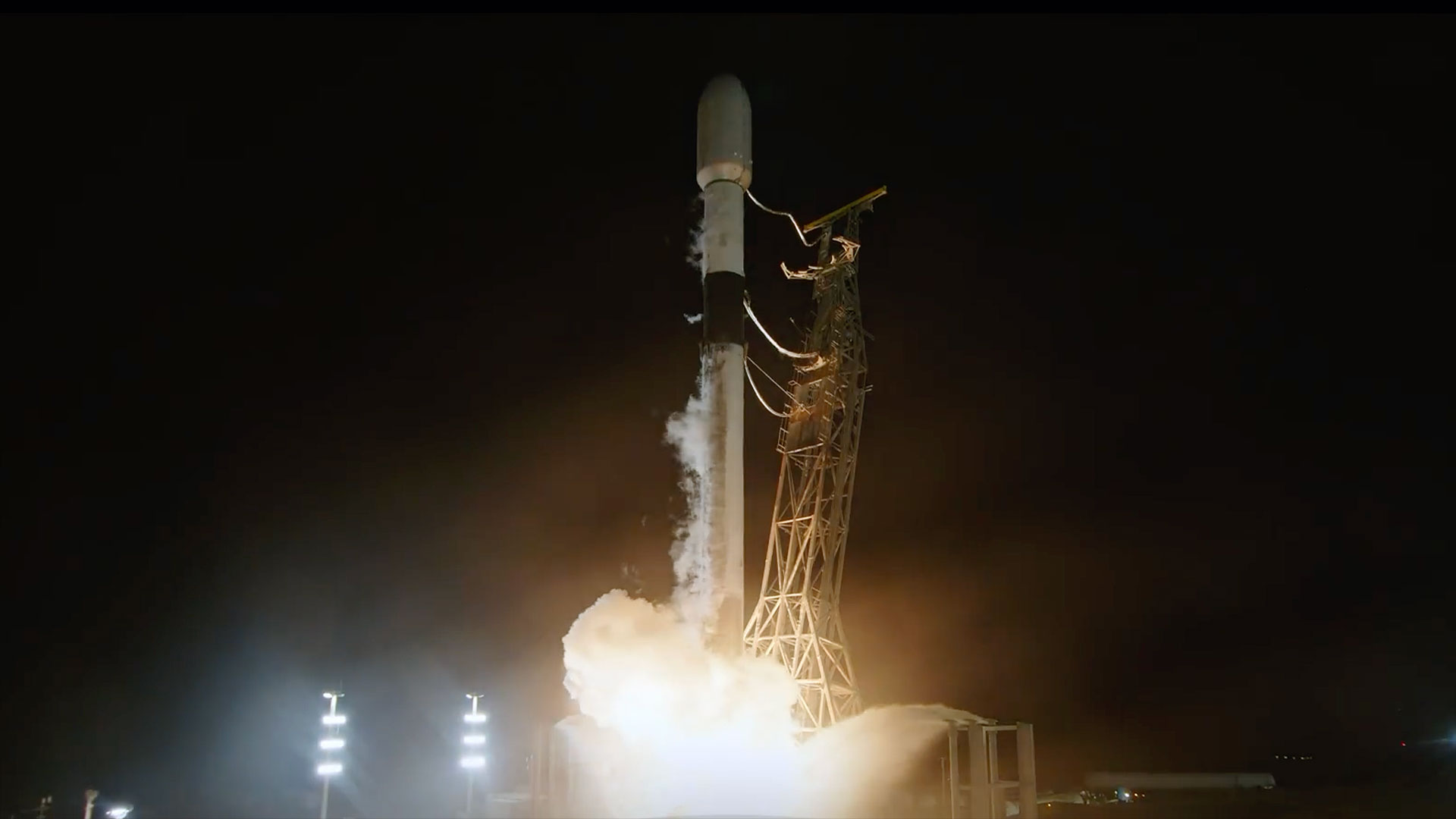
SpaceX launched another batch of its Starlink internet satellites from California's central coast on Thursday (Nov. 14).
A Falcon 9 rocket carrying 20 Starlink spacecraft, including 13 with direct-to-cell capability, lifted off from Vandenberg Space Force Base at 12:23 a.m. EST (0323 GMT; 9:23 p.m. local California time on Nov. 13).

To plan, the Falcon 9's first stage returned to Earth for a vertical touchdown about eight minutes after liftoff. It landed on the SpaceX droneship "Of Course I Still Love You," which was stationed in the Pacific Ocean.
It was the eighth launch and landing for this particular booster, according to a SpaceX mission description. Five of its previous seven flights were Starlink missions.
The Falcon 9's upper stage continued hauling the 20 Starlink satellites to low Earth orbit for their deployment.
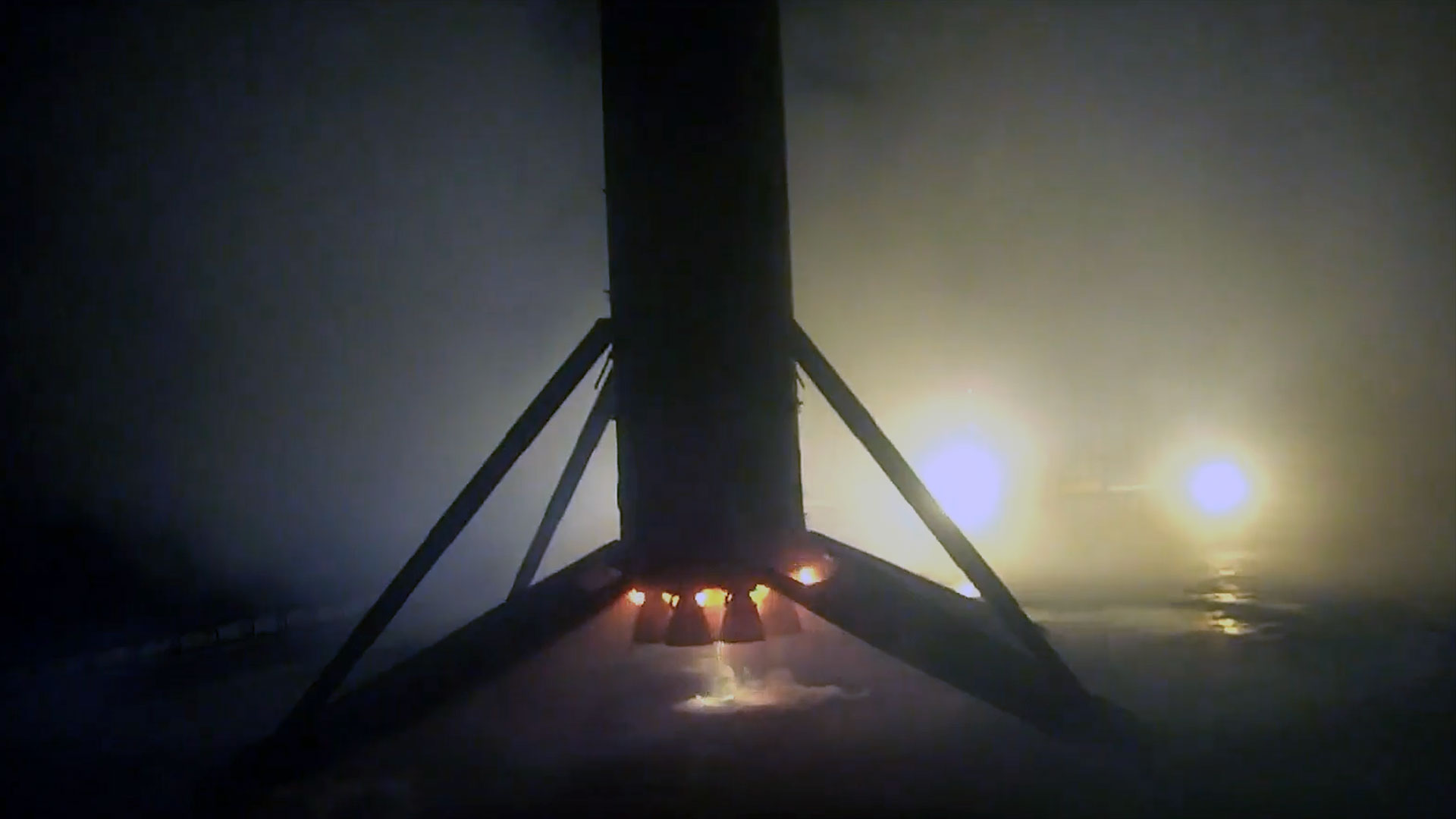
Starlink is the biggest satellite constellation ever built — and it's continuously growing, as Thursday's launch shows. There are currently more than 6,500 active Starlink spacecraft, according to satellite tracker and astrophysicist Jonathan McDowell, 270 of which are direct-to-cell capable.
